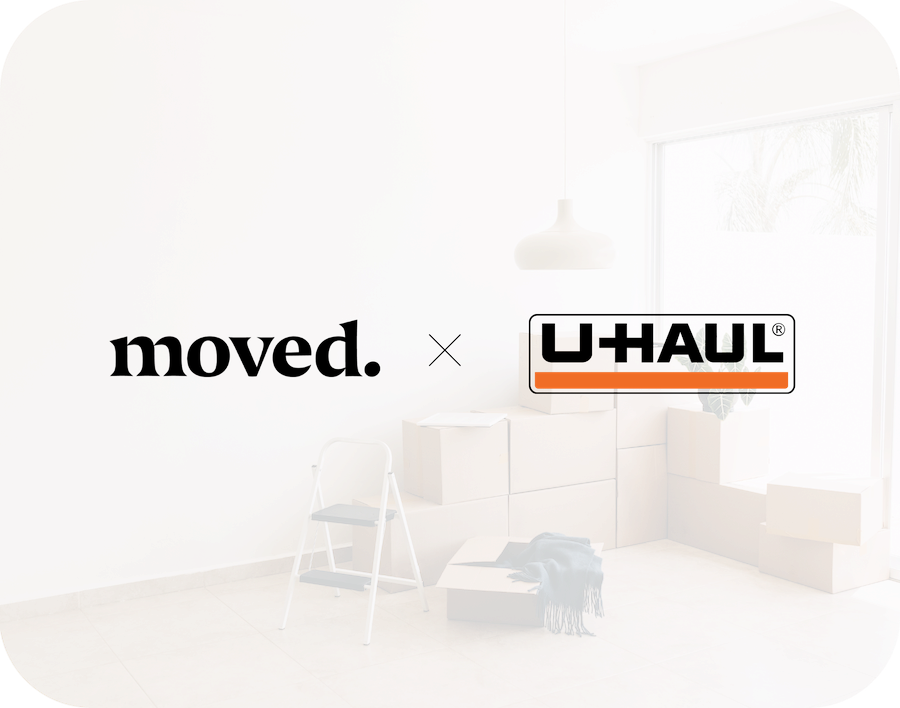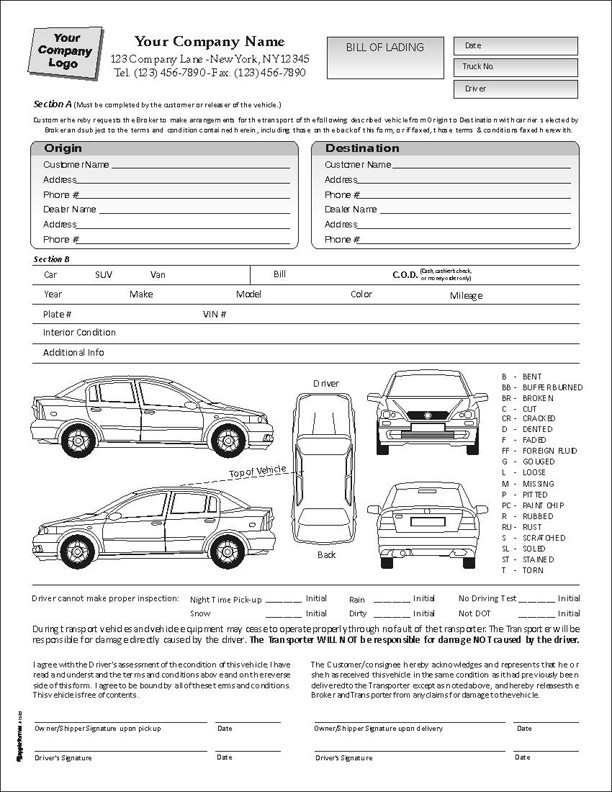PHOENIX (Oct. 27, 2023) — U-Haul®, the industry leader in DIY moving and self-storage, today announced an exclusive partnership with resident technology company Moved™.
The agreement includes exclusive rights for both U-Haul and Moved’s business-to-business-to-consumer (B2B2C) software, which streamlines the onboarding and offboarding process for tenants of multifamily communities.
It’s a first-of-its-kind commercial agreement for U-Haul, which has been providing movers with affordable mobility solutions since 1945. This also marks the first outside investment of U-Haul in a software firm.
The U-Haul Tenant Moving Services division is an ideal partner for Moved, which addresses the need of multifamily housing owner-operators to offer tenants an easy and efficient “one-stop shop” for move-in and move-out services.
Visit Moved.com to learn more, or book a demo here.
“Renters have been turning to U-Haul for 78 years, and we’ve been there with the expertise to help,” stated John “JT” Taylor, President of U-Haul International.
“This partnership is another way for us to reach renters and make their moving experience better. It puts the world’s largest DIY moving fleet at their fingertips, as well as U-Haul self-storage, U-Box portable moving containers, moving supplies, and localized access to 7,000 Moving Help Service Providers® and 23,000 U-Haul rental locations. Putting customers first is what U-Haul is about. Moved is another way to help us achieve that.”
Renters move every two years on average. As the multifamily housing landscape continues to change, owner-operators face challenges like increasing costs, lower occupancy rates, and evolving resident expectations.
When residents move in (or out) of apartments, they anticipate a smooth and user-friendly experience. Moved and U-Haul help alleviate stress and improve tenant satisfaction while providing the most cost-effective solutions.
Moved streamlines administrative tasks for management companies, reduces inefficiencies, and, most importantly, provides a better moving experience for tenants.
“Moved is on a mission to eliminate stress from moving – for multifamily owners and operators, as well as their residents,” stated Adam Pittenger, CEO of Moved. “Partnering with an iconic brand like U-Haul marks a significant milestone in our journey to achieving that goal and delivering a world-class moving experience.”
About U-HAUL
Founded in 1945, U-Haul is the No. 1 choice of do-it-yourself movers with more than 23,000 rental locations across all 50 states and 10 Canadian provinces. The enhanced U-Haul app makes it easier for customers to use U-Haul Truck Share 24/7 to access trucks anytime through the self-dispatch and self-return options on their smartphones through our patented Live Verify technology. Our customers’ patronage has enabled the U-Haul fleet to grow to 192,200 trucks, 138,500 trailers and 44,500 towing devices. U-Haul is the third largest self-storage operator in North America with 959,000 rentable units and 82.3 million square feet of self-storage space at owned and managed facilities. U-Haul is the top retailer of propane in the U.S. and the largest installer of permanent trailer hitches in the automotive aftermarket industry. We were recently named one of America’s Best Large Employers (Forbes, 2023); a Best for Vets Employer (Military Times, 2022); and one of the Healthiest Workplaces in America (Healthiest Employers, 2022). Find careers at uhauljobs.com. Get the U-Haul app from the App Store or Google Play.
About Moved
Moved is a fully integrated, web-based software platform designed specifically for multifamily communities to create efficiency on-site by automating the move-in and out process, delivering an unforgettable experience for residents, and driving ancillary revenue. The interface guides residents through tasks required by the property they’re moving to or from – everything from uploading renters insurance, reserving elevators and loading docks to scheduling key pick-ups. This transparent, self-serve dashboard makes moving easy for residents while automating tasks for property management teams. Moved is an open platform that integrates easily with Yardi, RealPage, ResMan, Entrata, and more.














